Meet MindGPT: A Non-Invasive Neural Decoder that Interprets Perceived Visual Stimuli into Natural Languages from fMRI Signals
Marktechpost
OCTOBER 15, 2023
To communicate with others, humans can only use a limited amount of words to explain what they see in the outside world. This adaptable cognitive ability shows that the semantic information communicated through language is intricately interwoven with different forms of sensory input, particularly for vision. According to neuroscientific investigations, amodal semantic representations are shared across visual and linguistic experiences.
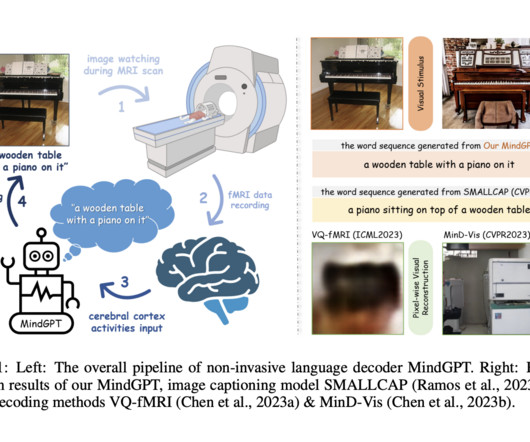
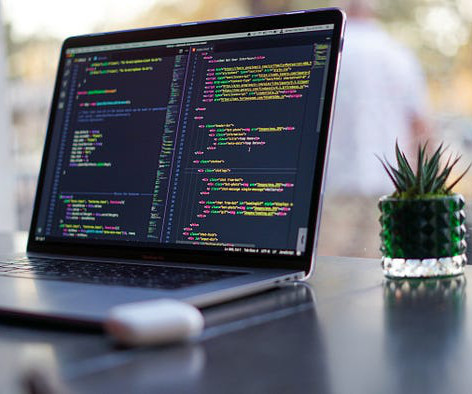
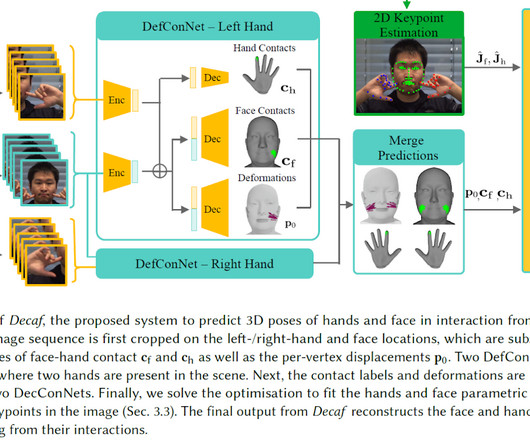
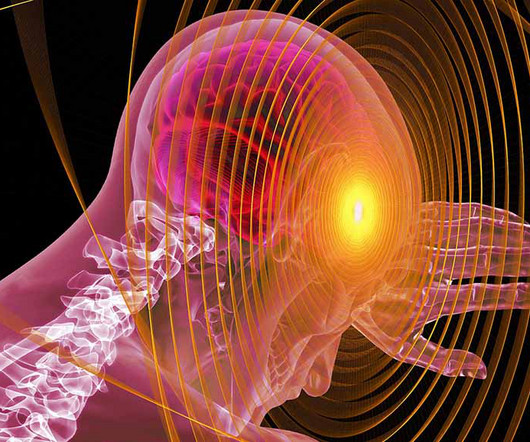


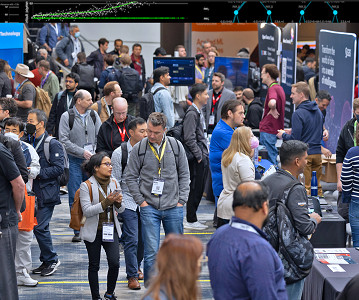








Let's personalize your content